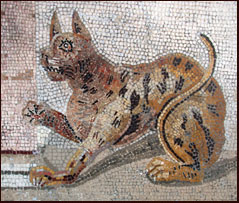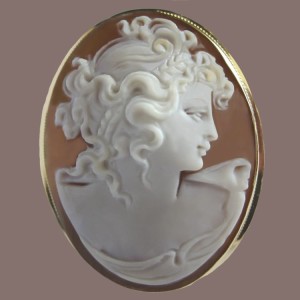Reorganization of the Army The following is a guest post by Brian Kitchen. Learn more about Brian at the end of this post. The late Roman Army in Britain bore very little resemblance to the army of the Emperor Claudius, which had conquered the island in 43ad. By the late 4th century, the time I … [Read more...]
In Search of the Real King Arthur with Mary Anne Yarde
The following is a guest post by Mary Anne Yarde. Learn more about Mary Anne at the end of this post. I have been fascinated with the life and times of King Arthur and his Knights of The Round Table since I was a child — I guess growing up a stone's throw from Glastonbury (The Ancient Isle of … [Read more...]
Historical Romance: What Is It and Where Did It Come From?
Historical Romance: The Quest for Its Creator On a rainy afternoon last week, I browsed the romance section of my neighborhood bookstore and wondered—who wrote the first historical romance? A little investigation revealed that some of the first historical romance writers include 19th century … [Read more...]
The Cat In Ancient Rome
A large part of writing a historical novel is the research into the politics, customs and common habits of the time period in which the story is set. One day while watching my twin cats, Romulus and Remus, basking in the sun, I questioned whether the … [Read more...]
Roman Jewelry: Brooches and Fibulas
Men and women all over the world partake in the custom of wearing some kind of adornment or jewelry. In the modern era, men and women may wear watches, rings, necklaces, wristbands and bracelets. In the past, men and women also wore a variety of jewelry as marks of distinction or as adornments. I … [Read more...]





